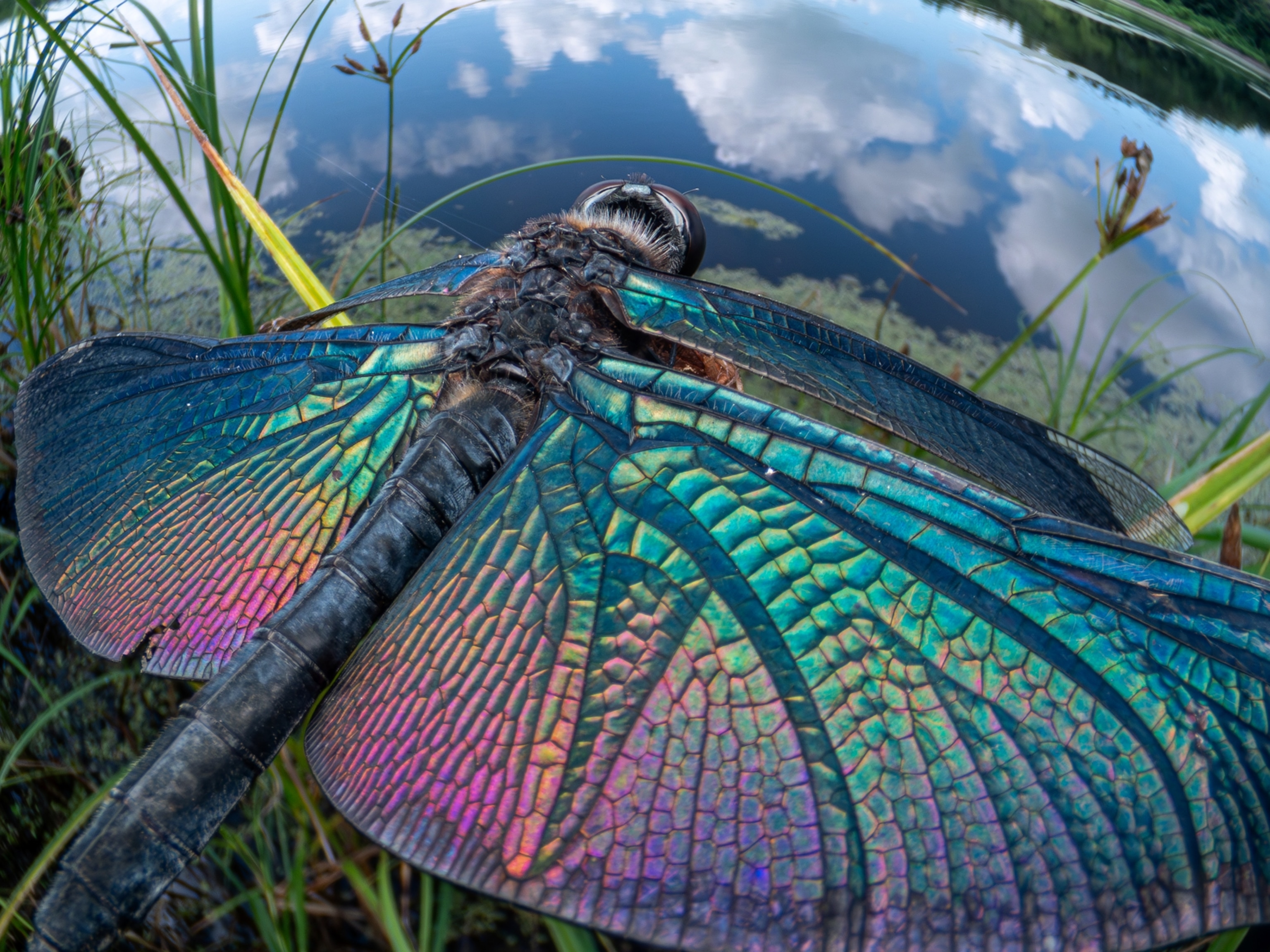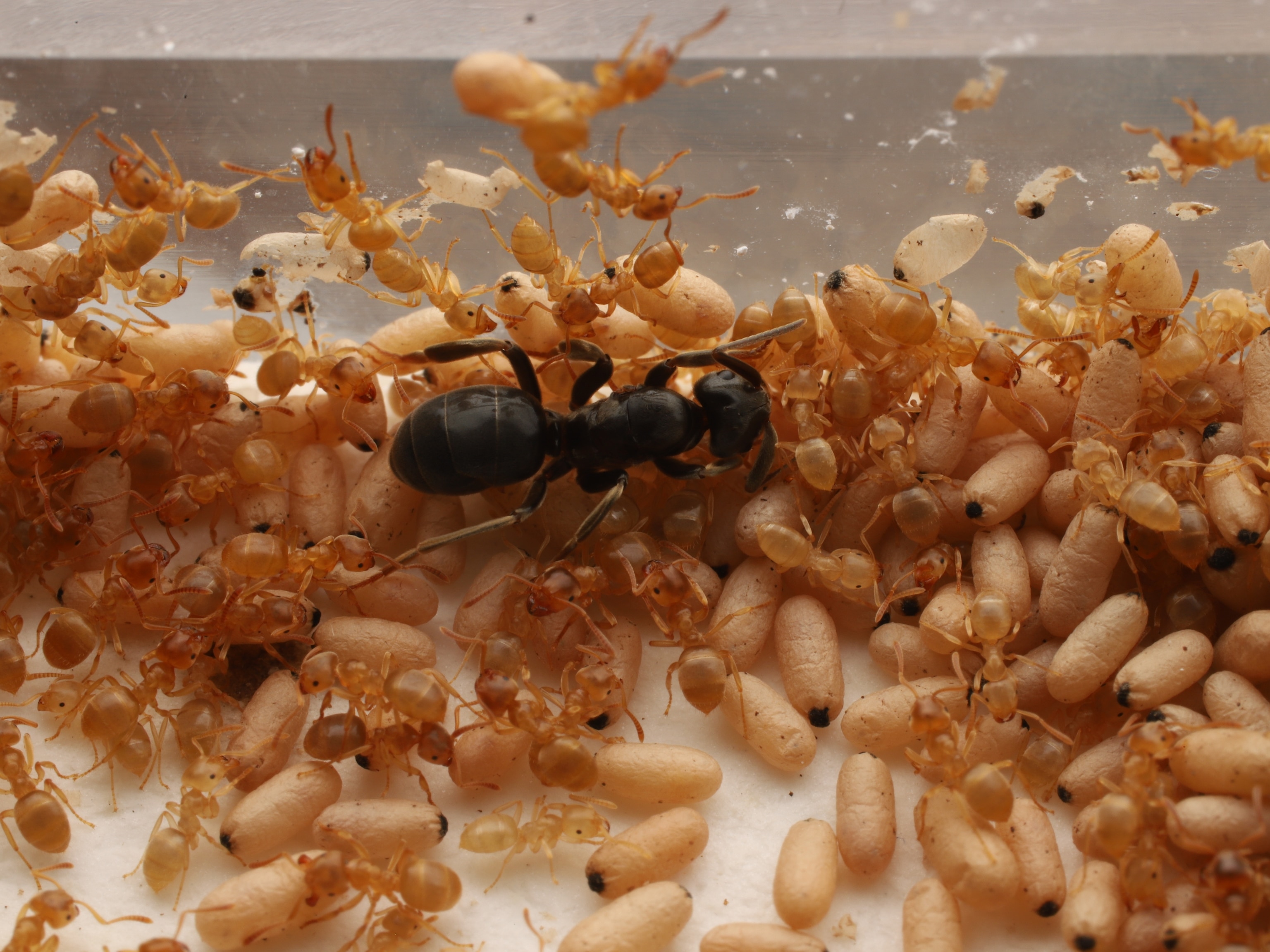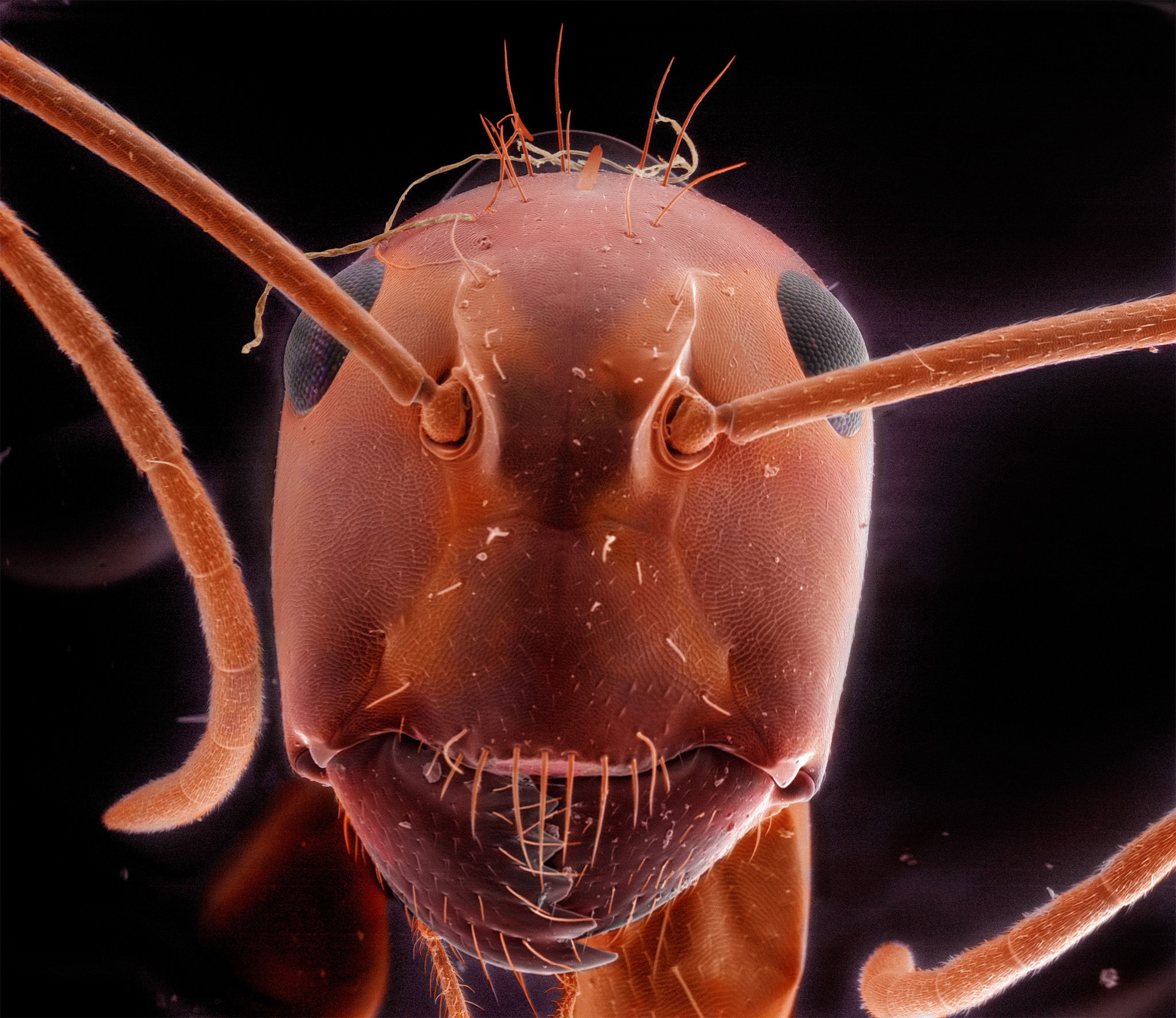
Meet the Bugs Living in Your Backyard
Carpenter ants. Weevils. Wasps. These are some of the bugs Daniel Kariko has found hanging out on the screen door of his home, on his car, or crawling on the bright orange walls of his office on the campus of East Carolina University, where he is an assistant professor of photography.
![[Long-legged Fly]](https://i.natgeofe.com/n/d1b720f7-115a-4330-9024-a7efc99a0285/LongLeggedFly_print-copy.jpg)
What might seem like an uninteresting speck of black, brown, or gray—something we might be inclined to shoo out the window or perhaps not notice accidentally squashing—has been a source of fascination for Kariko ever since he first looked at one under a microscope. Here, their colors and shapes come to life. They become characters in an otherworldly, yet classical drama—Rembrandt meets Star Wars, to cite two of Kariko’s inspirations.
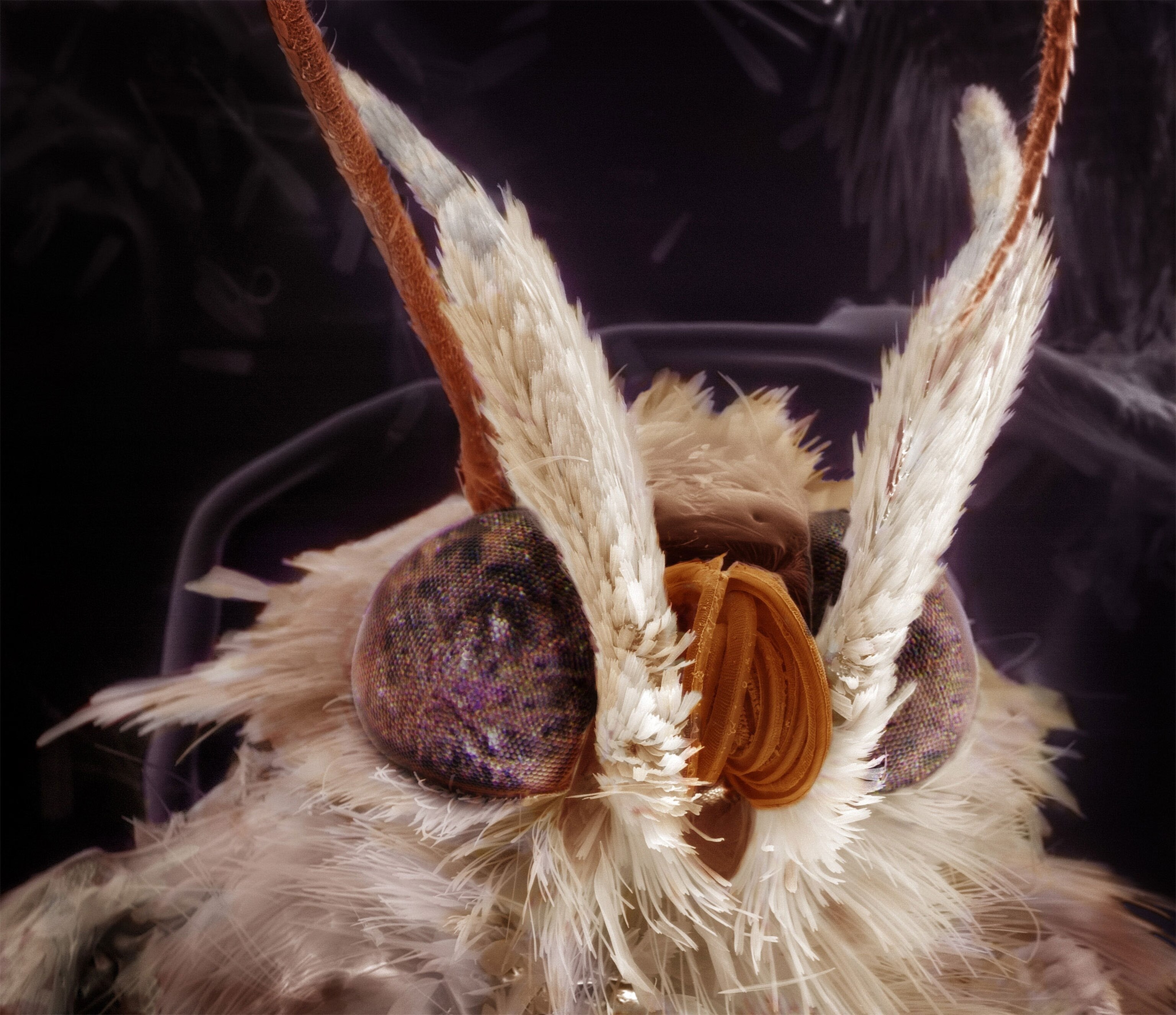
Kariko’s first introduction into the potential of combining photography and microscopic imaging was when he was shown the scanning electron microscope (SEM) in the university’s biology lab. He then started noticing interesting little insects popping up around his home, part of a new subdivision on what used to be agricultural land in the rural town of Greenville, North Carolina. The seed of an idea was planted.
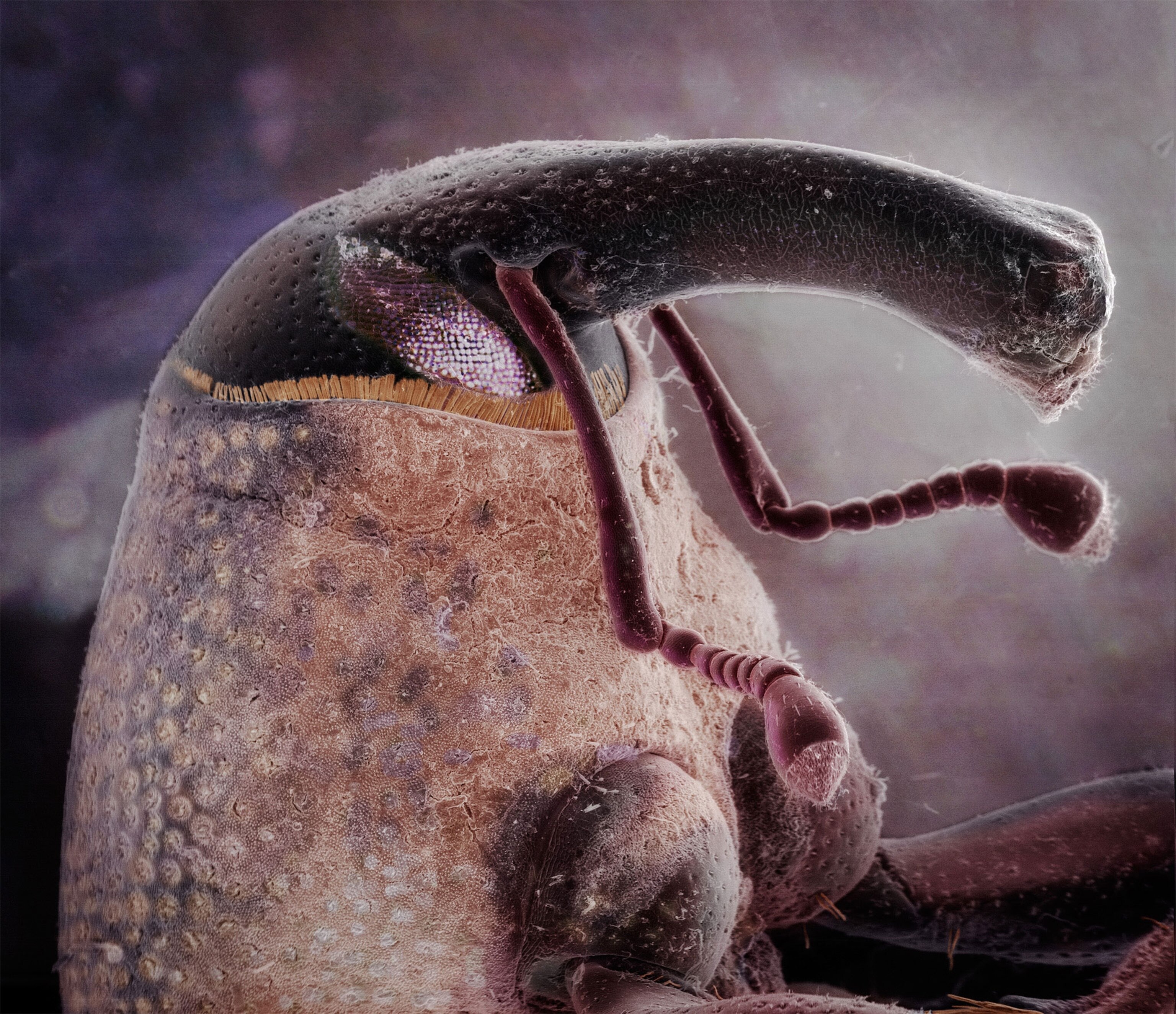
He began collecting the insects as he went about his daily activities, preserving them in the freezer. When he got another chance to spend time in the lab, he brought them in for a look. The subtleties amazed him. And he realized that there was something interesting about anthropomorphizing them by photographing their portraits. His first subject was a carpet beetle larvae. He has since photographed more than 40 insects.
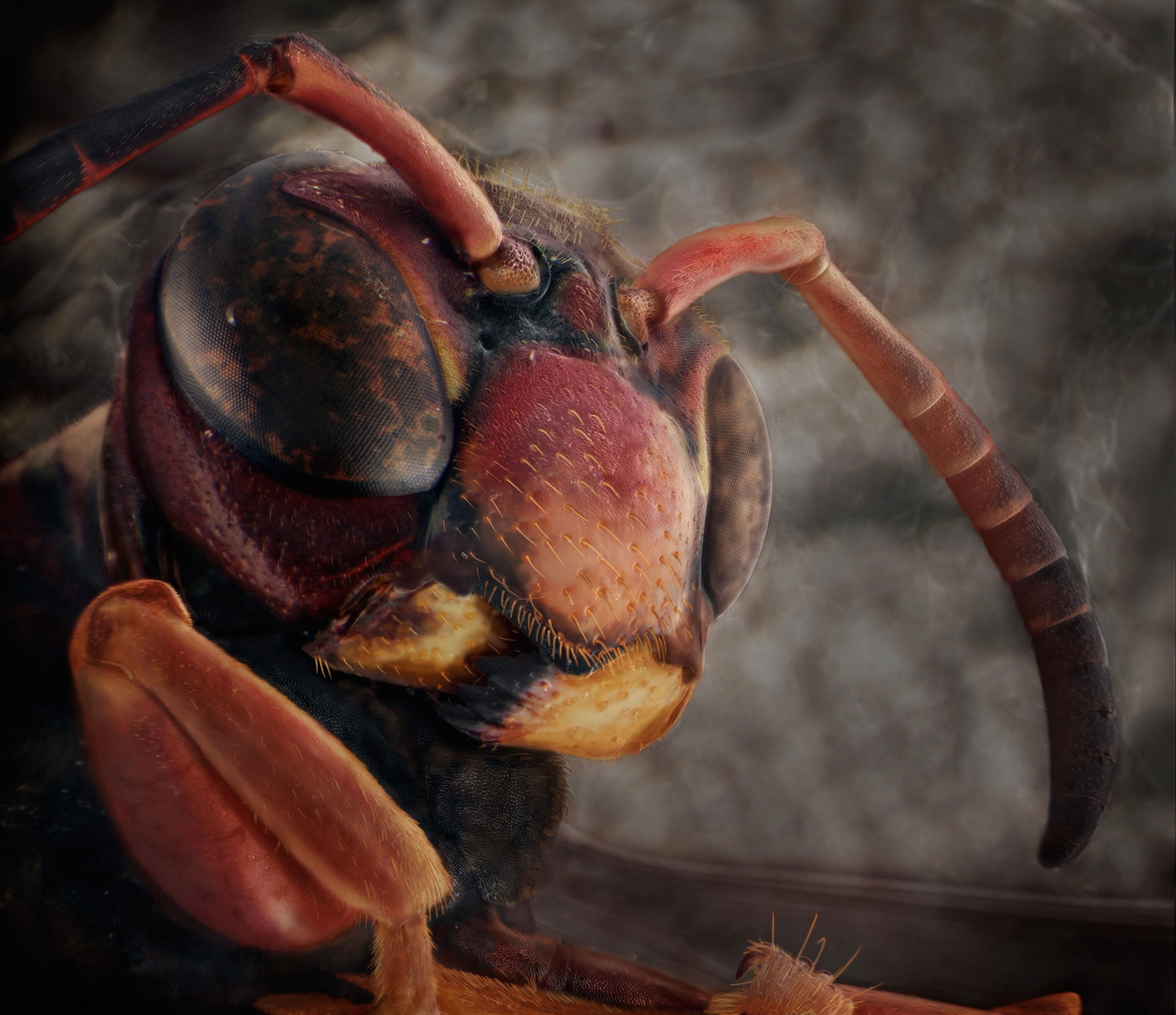
While SEM technology renders an incredibly crisp, detailed image, it does so in black and white. Kariko had seen examples of these types of images being assigned false colors after the fact. It struck him that something was being lost in translation, so he began photographing the bugs first under a stereoscopic microscope lit by a LED, which captures the natural, albeit enhanced, colors.
![Under the Table, Back Porch, May 6th [Kudzu Bug]](https://i.natgeofe.com/n/2a183646-b779-4cc1-abc5-5fe5bccc386f/KudzuBug_print-copy.jpg)
He arranges the little insect bodies in his microscopic portrait studio (“I am losing the dexterity in my fingers,” he laughs). He first looks at each of the insects he’s collected under the stereoscopic microscope—examining their color, their attitude—and if there’s something that speaks to him he goes ahead and makes the photographs. He then scans the insect using the SEM, being careful to maintain the same position. The two images are then overlaid as a composite. With 15 to 20 hours of postproduction work on each image, he only goes on to photograph the bugs he really likes.
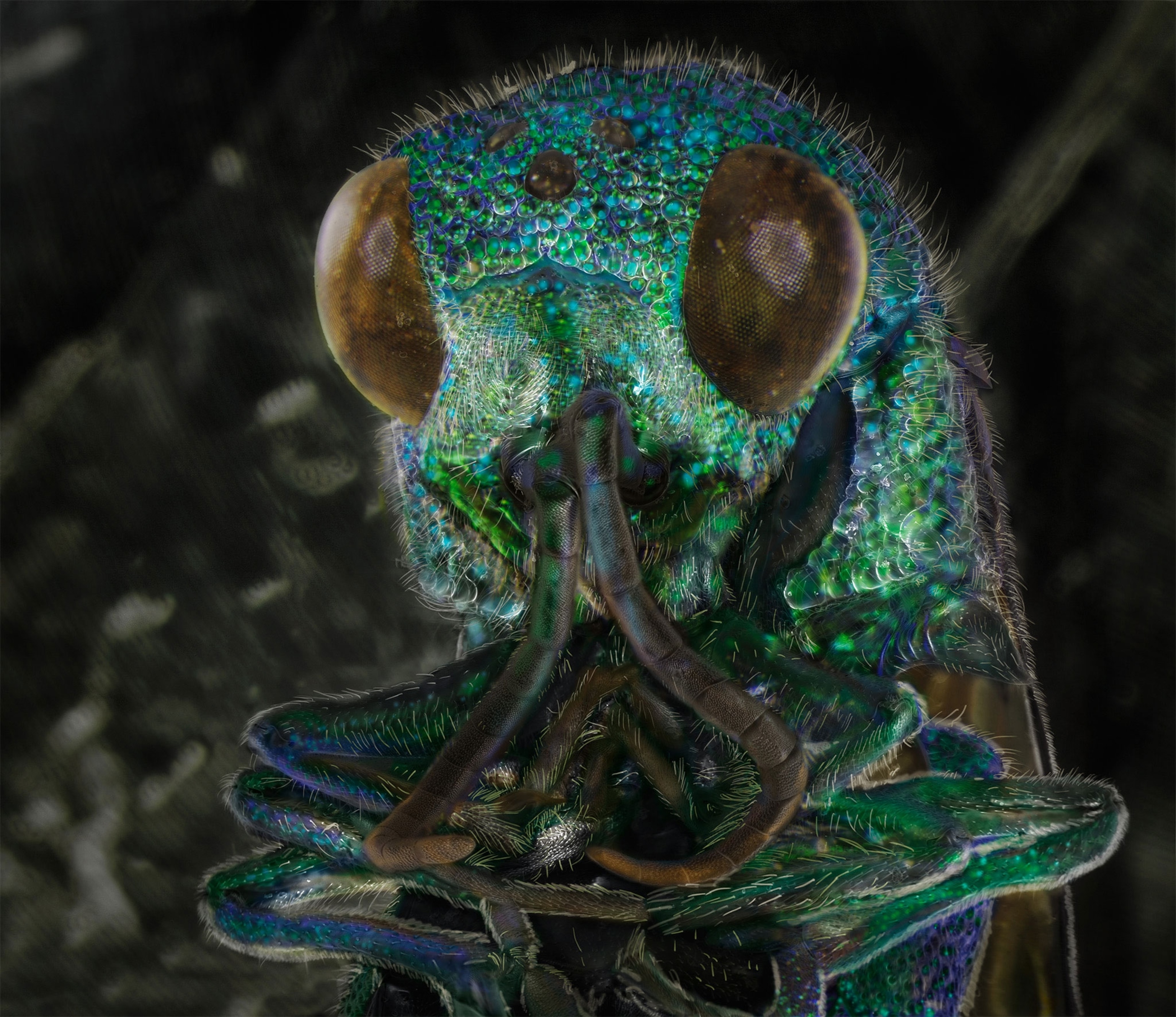
Those he considers the most successful aren’t the ones immediately recognizable as a specific species, he says, but rather those that invite us to recognize the patterns in their faces and apply certain human characteristics. In Kariko’s experience, that perceived character can be subjective—an insect seen by one viewer as conniving might look pensive to someone else. For instance, “Weevils have a Star Wars quality about them,” Kariko says of his favorite bug to photograph.
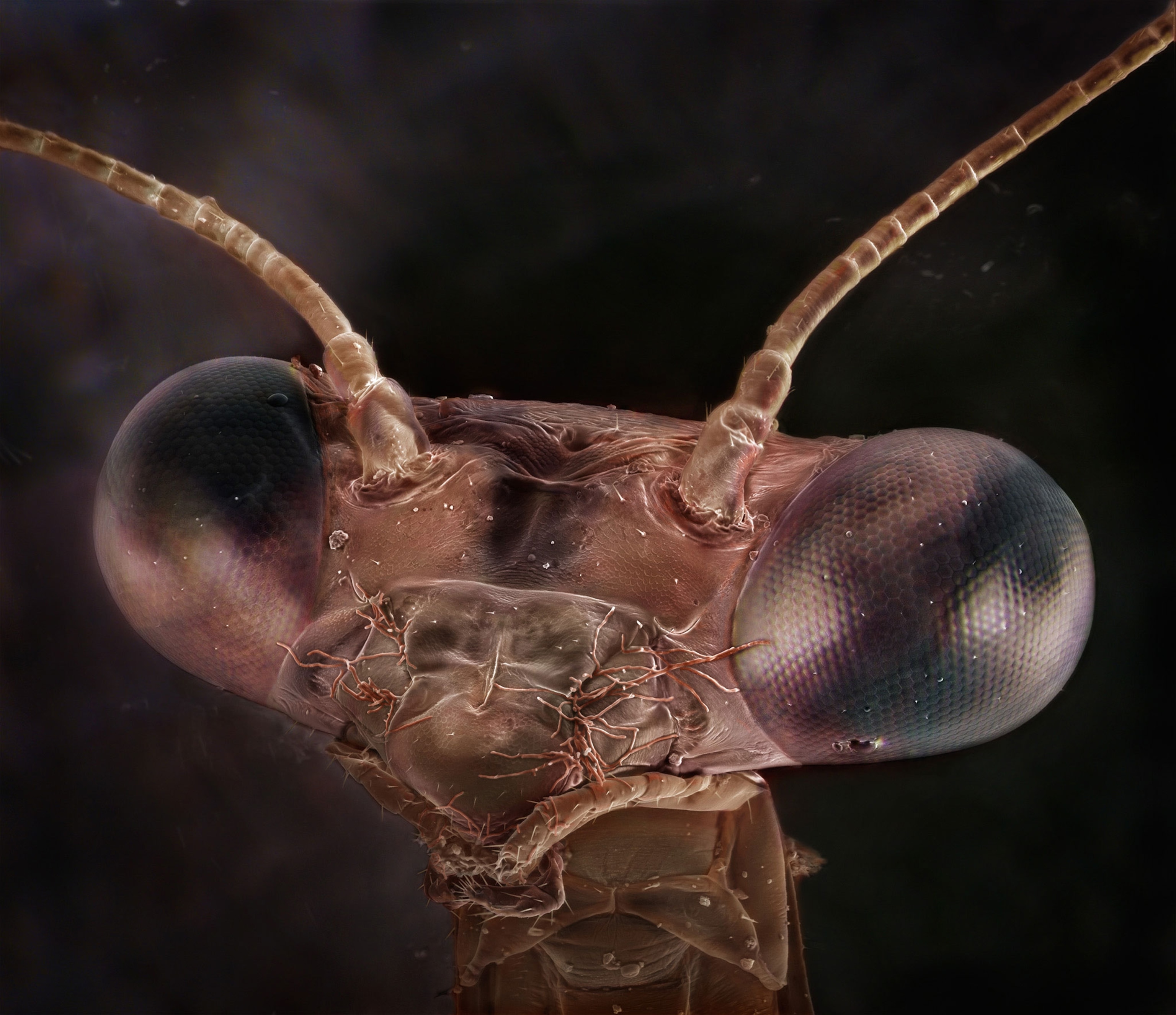
Perceived personalities aside, the really cool thing for Kariko is that these ordinary insects are all around us, all the time. They are visible evidence of the human impact on the landscape as development constantly redraws boundaries between us and the natural environment. “We see our houses as hermetically sealed boxes,” he says, “but this is where they live.”

